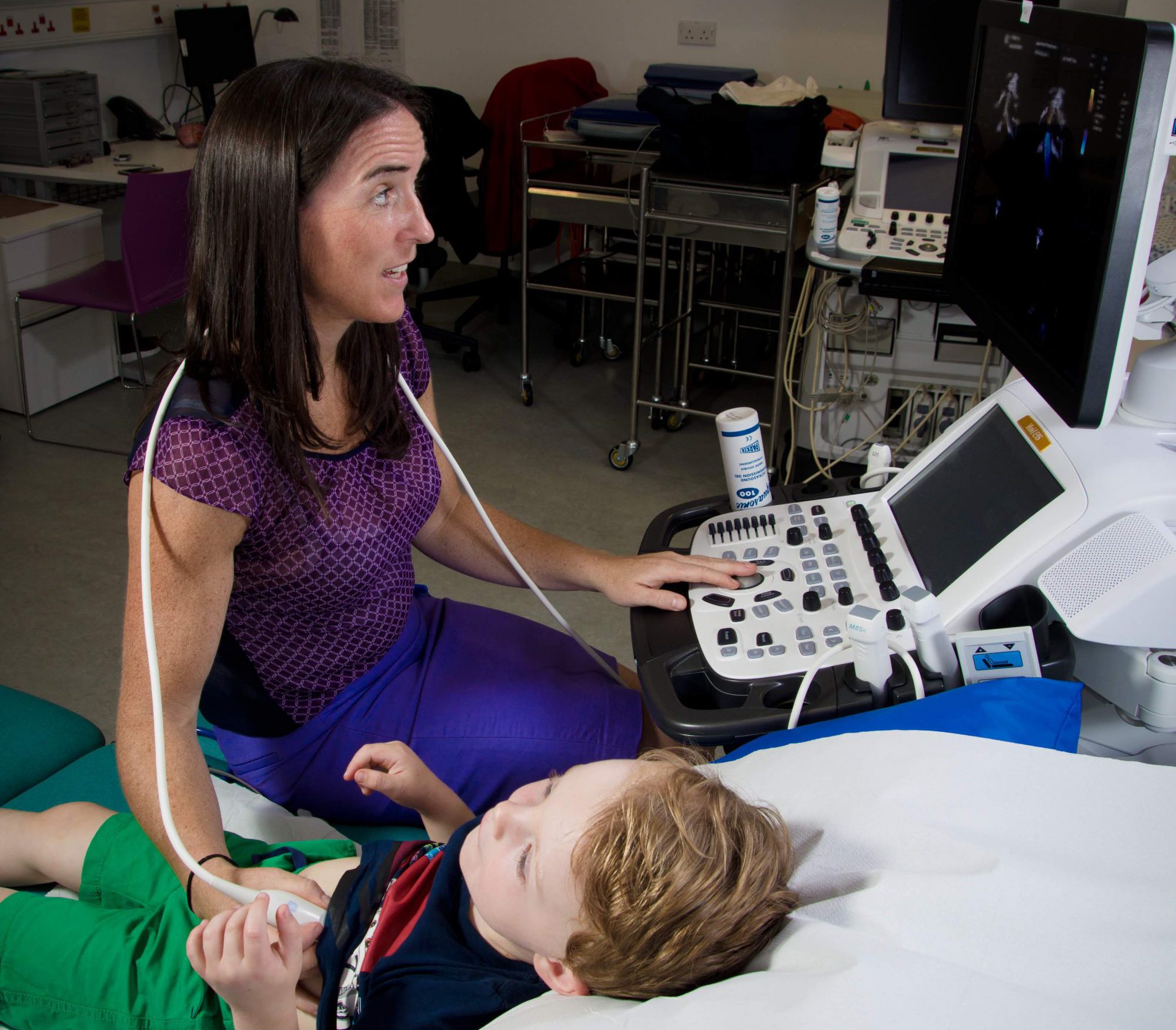What is syncope?
Syncope is the medical term for fainting. It’s a temporary loss of consciousness that occurs when not enough blood goes to the brain. Syncope can affect people of all ages, from toddlers to the elderly. More than 100,000 adults and children visit a doctor each year due to fainting. About 98 to 99 percent of syncope in children is benign, meaning there’s no underlying cardiac cause.
What causes syncope?
There are several types of syncope. The most common type in children is called vasovagal syncope, which is a benign type of fainting that occurs in response to a trigger, such as pain or emotional stress.
Orthostatic hypotension is another type of benign syncope that can occur in children. It’s caused by a drop in blood pressure that occurs after standing, or when moving from sitting to standing. In these cases, blood can pool in the legs, keeping it from being returned to the heart and then flowing to the body. This can lead to a momentary drop in blood flow to the brain, causing the person to faint.
What are the symptoms of syncope?
Some children have the feeling that they are about to faint, or they may feel dizzy or like the room is spinning. In other instances, a child may simply faint.
Who’s at risk for syncope?
Some conditions or situations may make children more likely to faint.
These can include:
heart conditions that restrict blood flow to the body
arrhythmias
head injury
epilepsy
stroke
inner ear problems
dehydration
low blood sugar
breath holding
How to treat syncope?
I aim to provide comprehensive evaluation and coordinated care for infants and children with syncope. In most instances the episodes are not related to the child’s heart and reassurance can be provided. In instances where a cardiac abnormality is detected then appropriate counselling and care can be provided.
